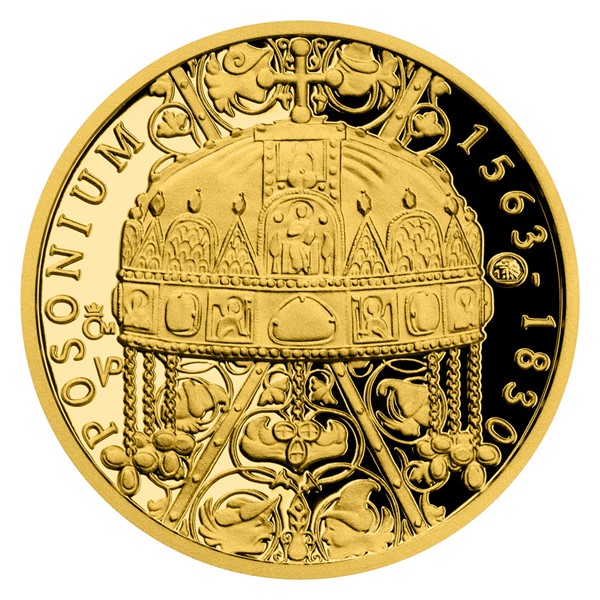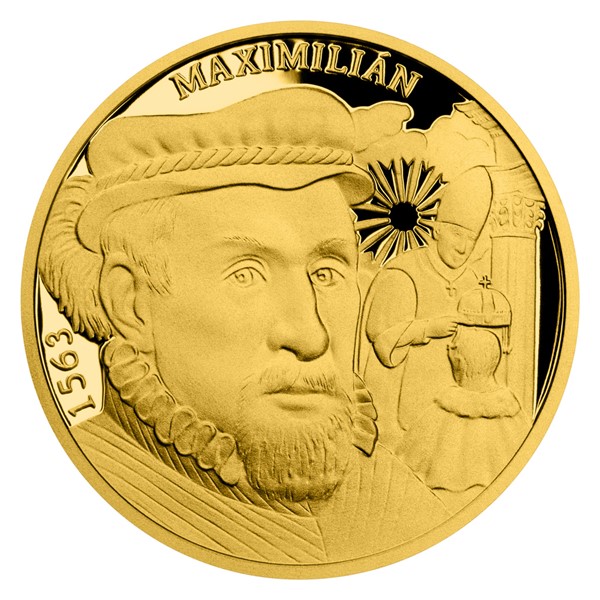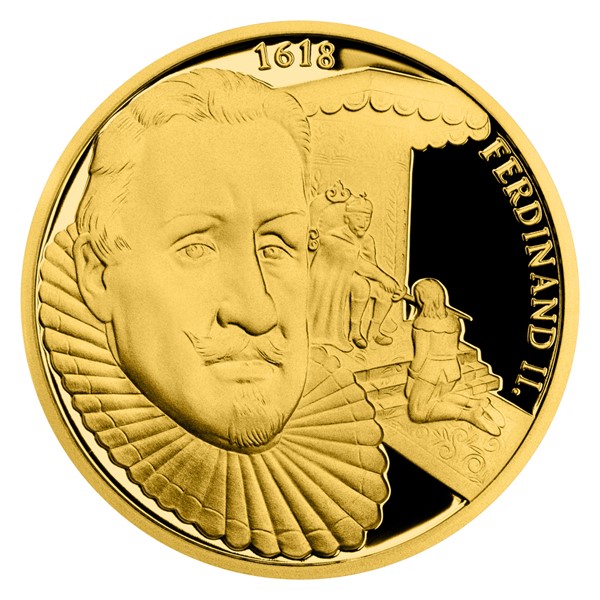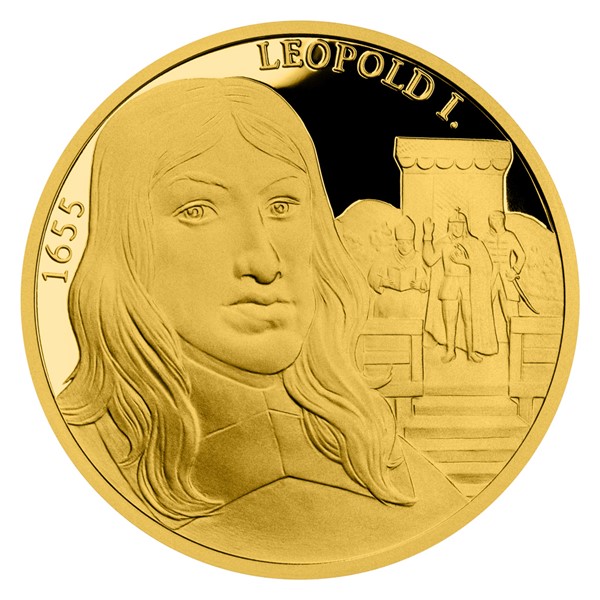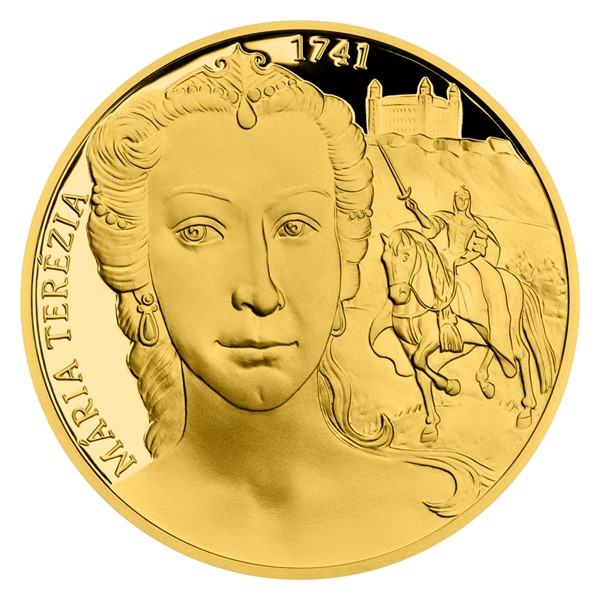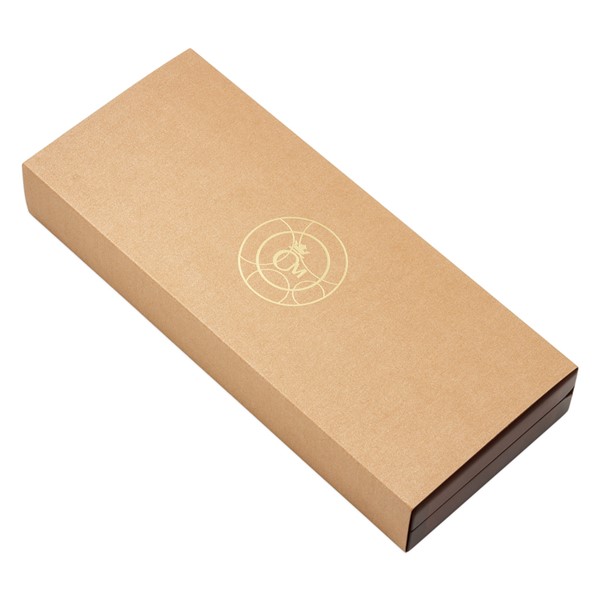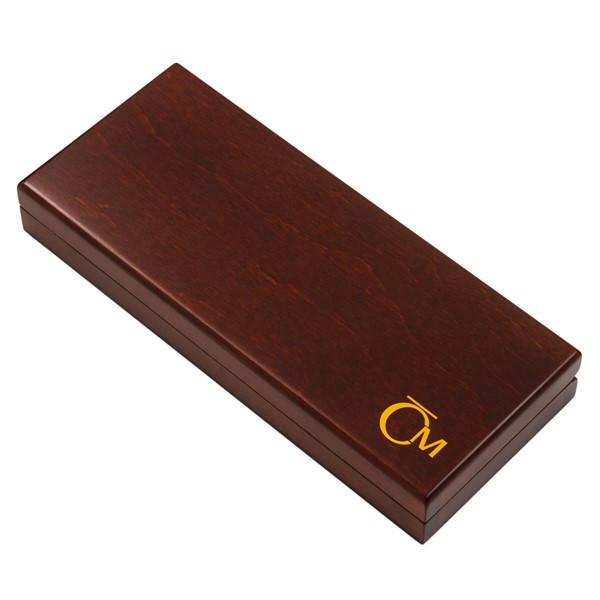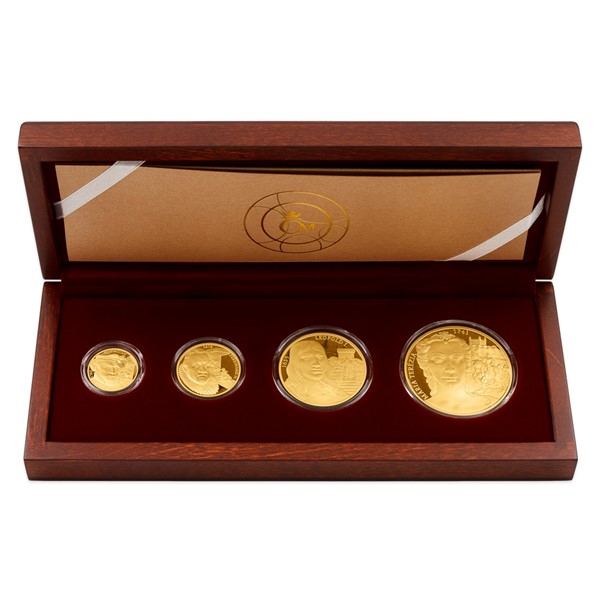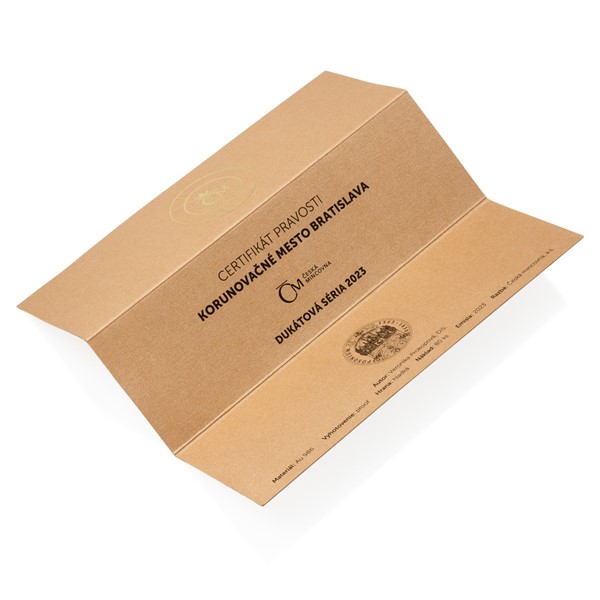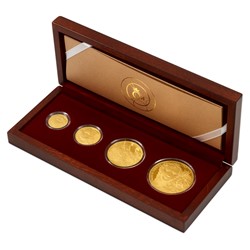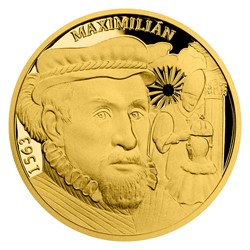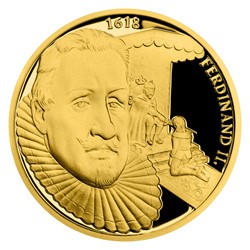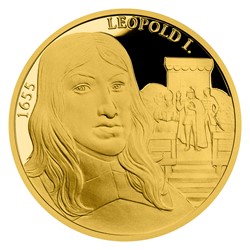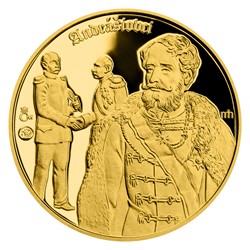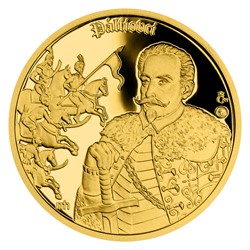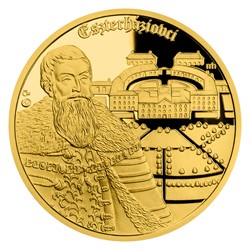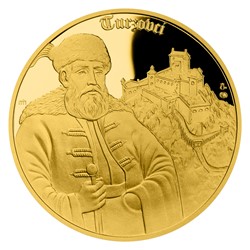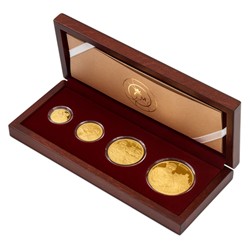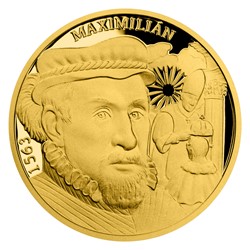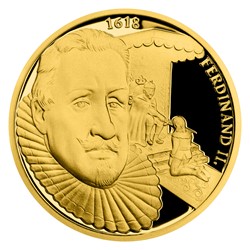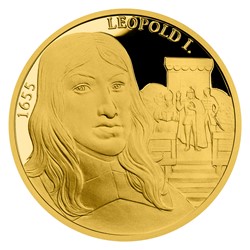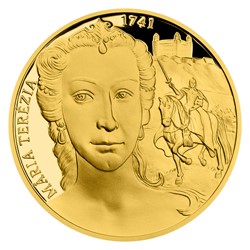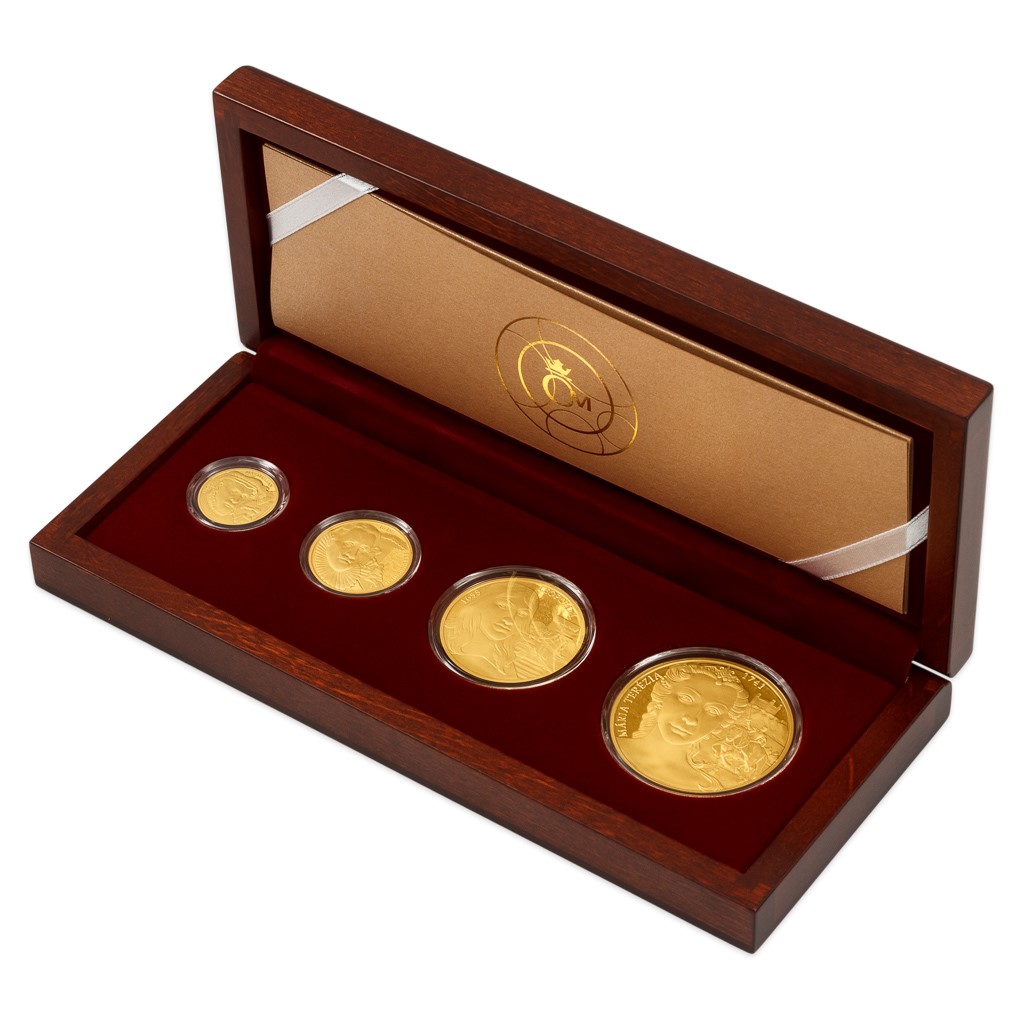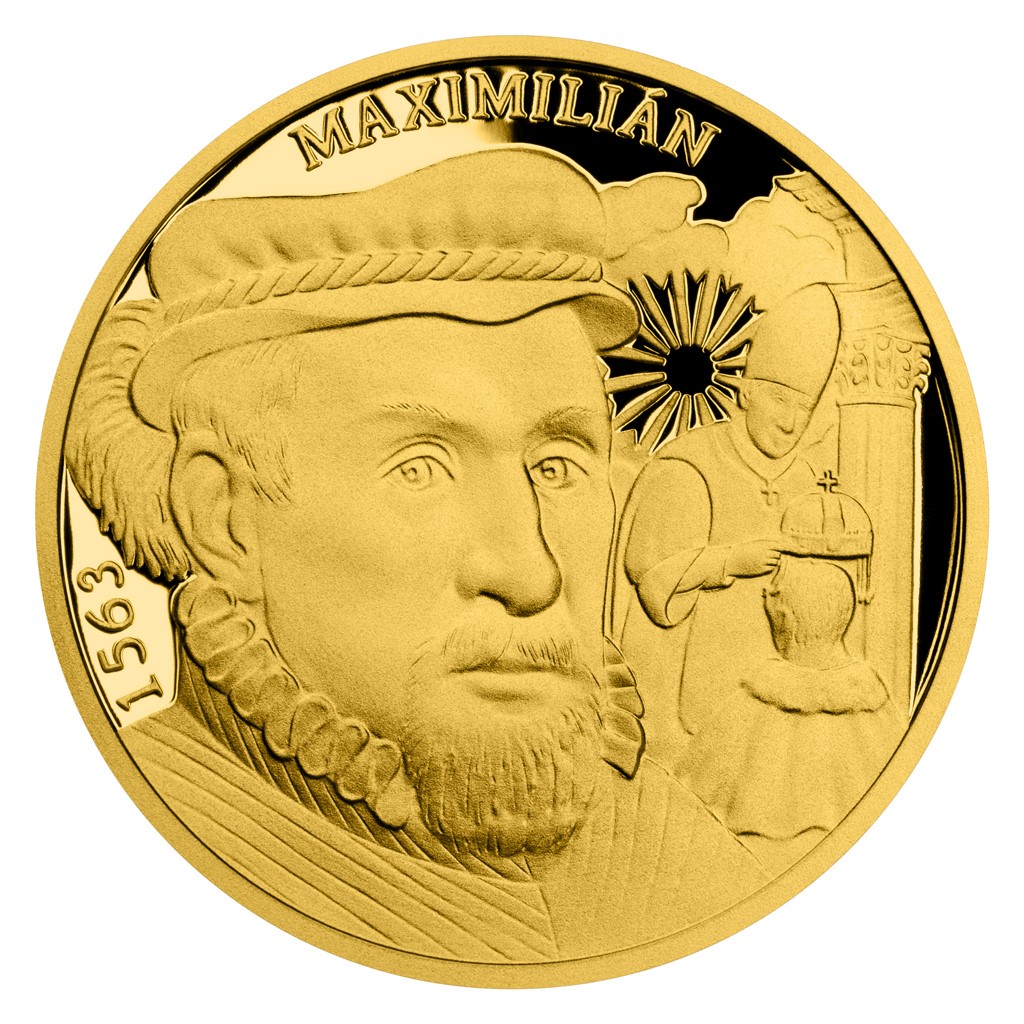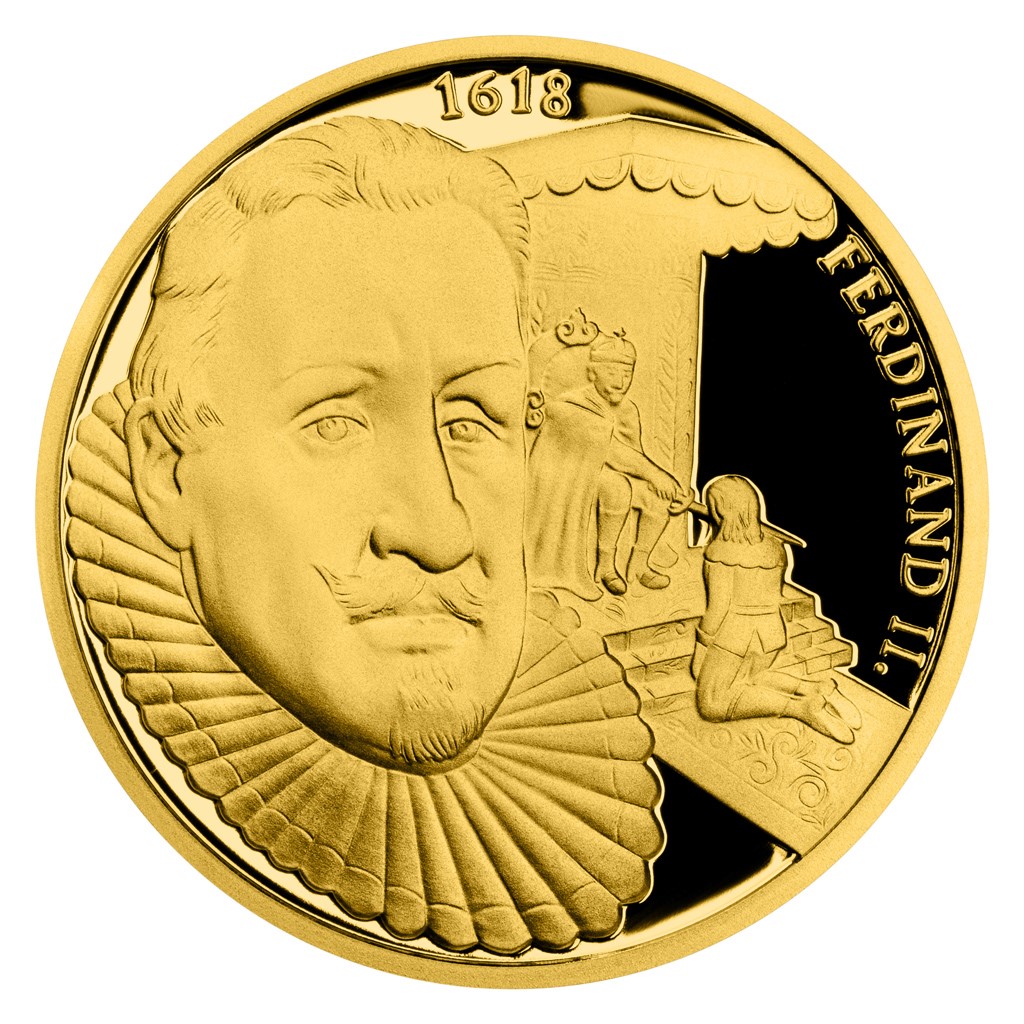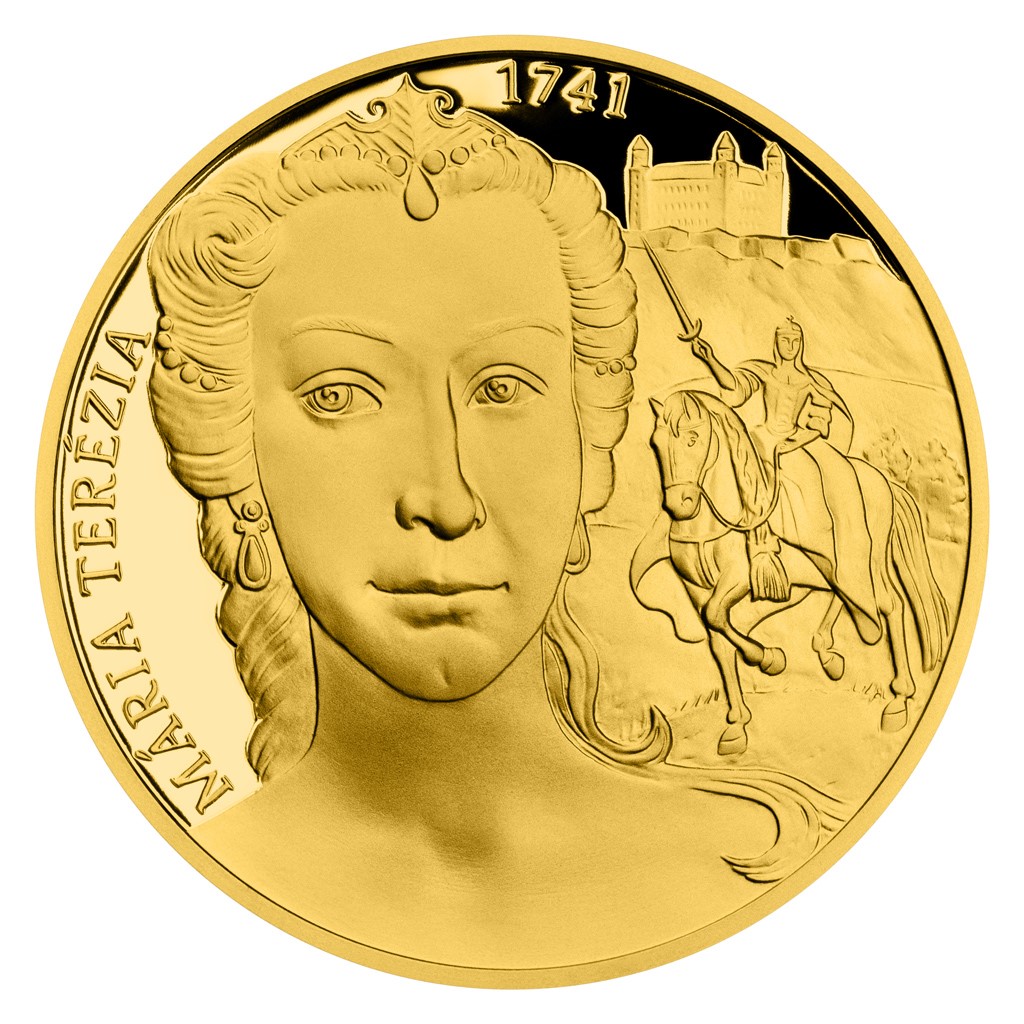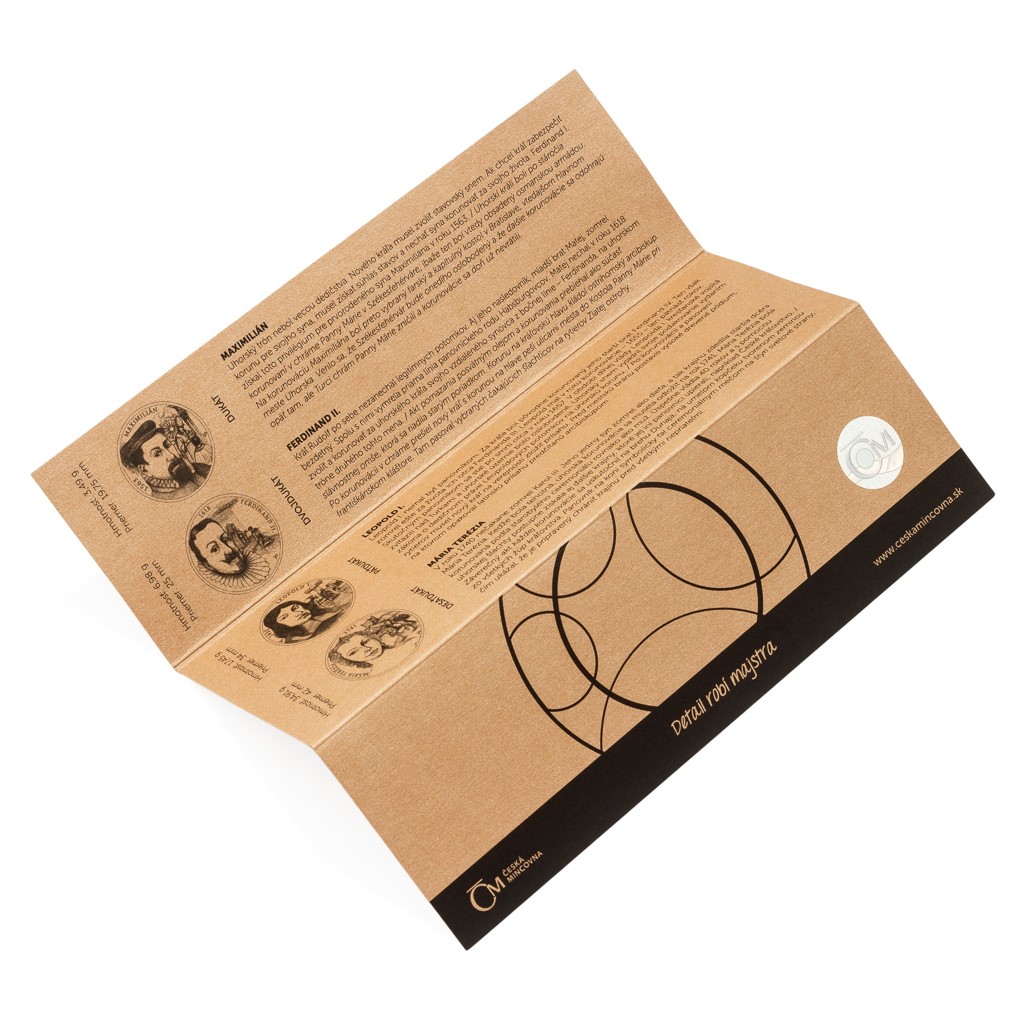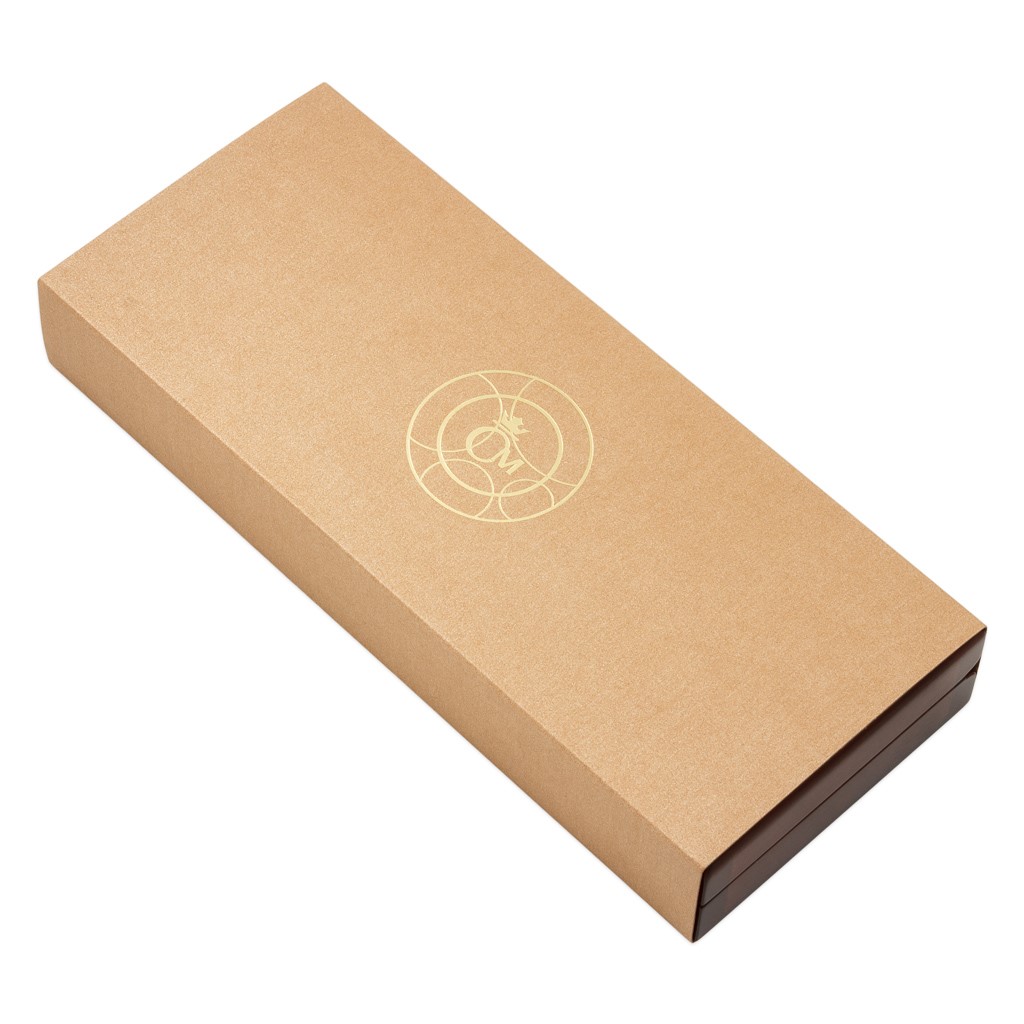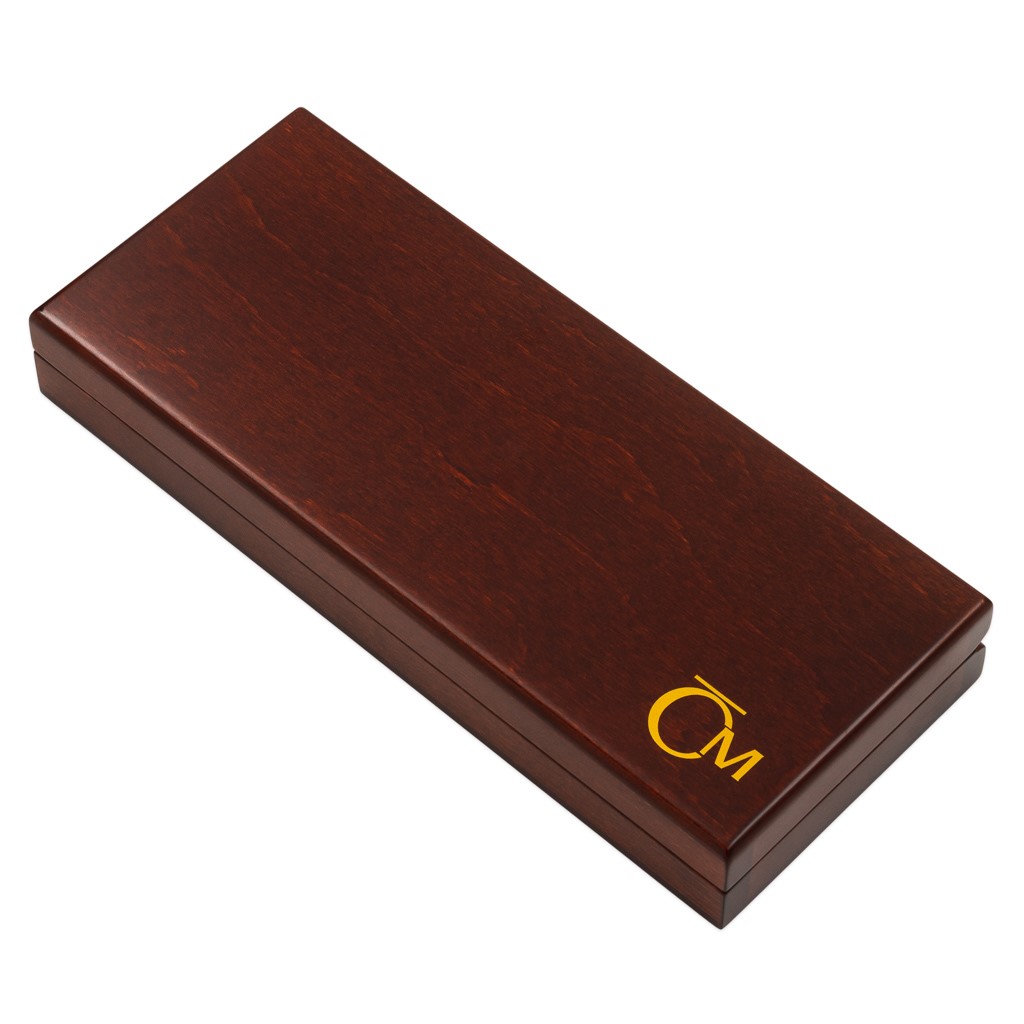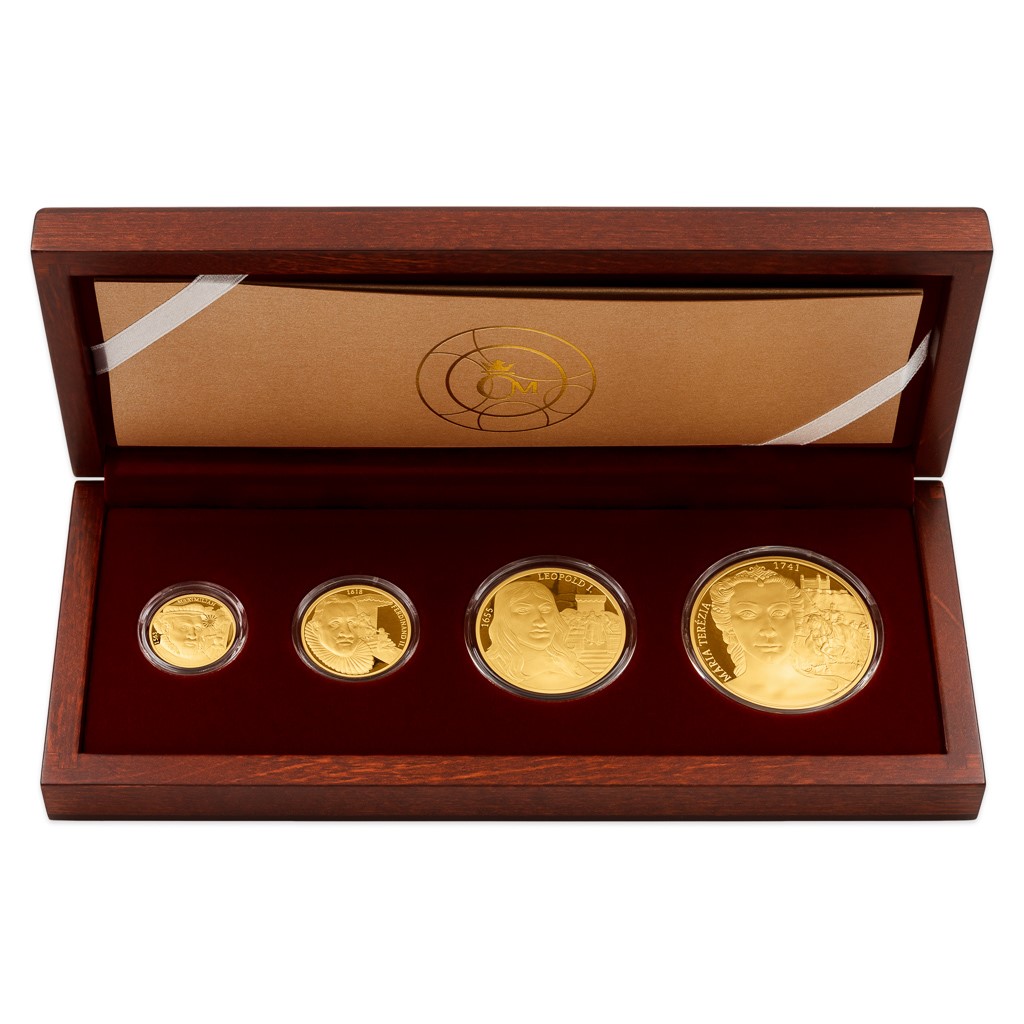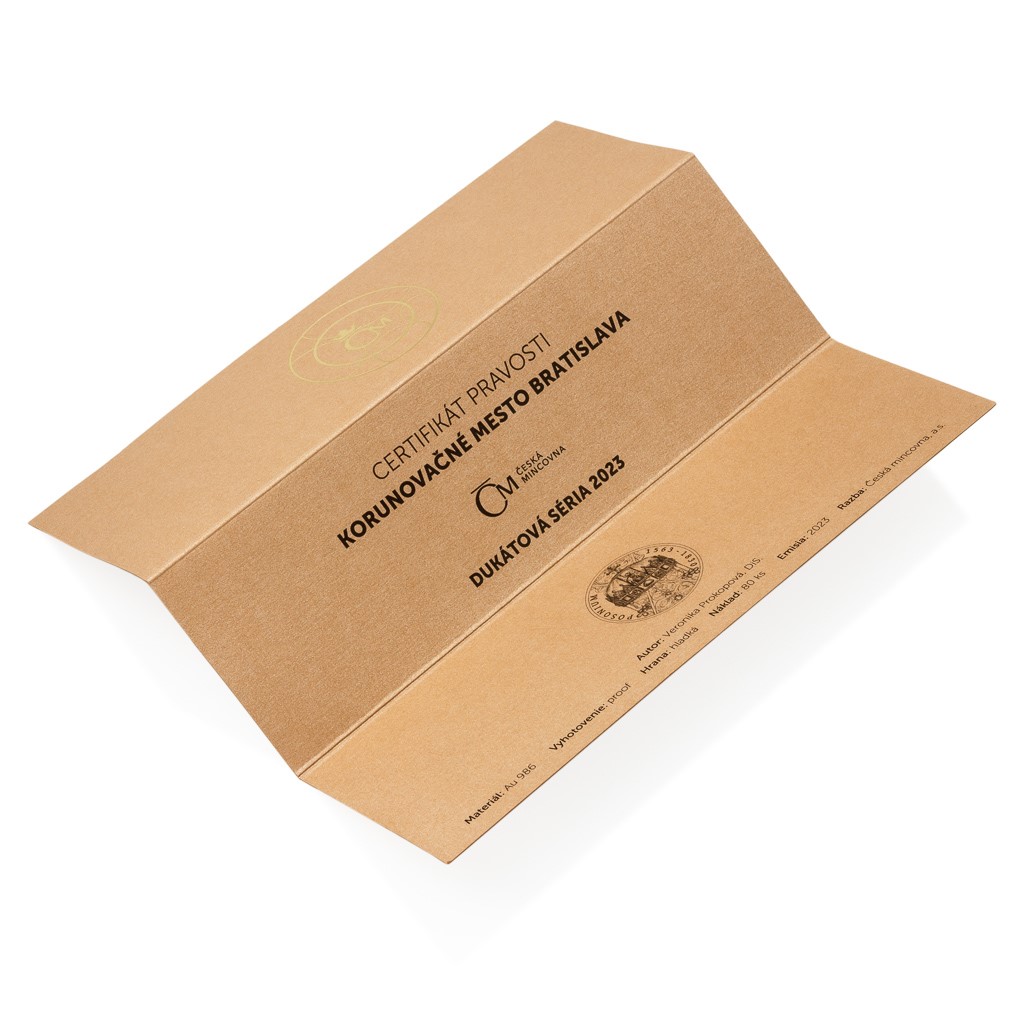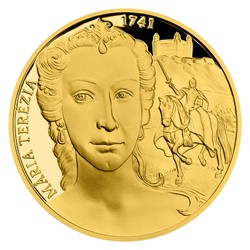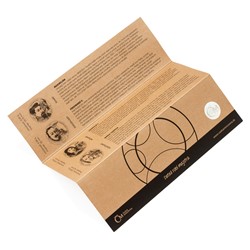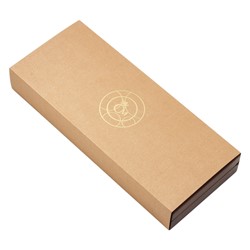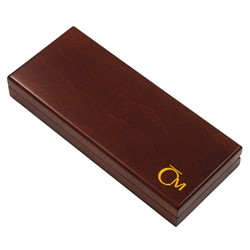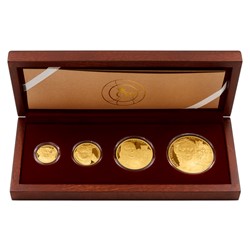Ducat series SK 2023 - Bratislava, coronation city set of four medals proof
Personal pickup at the store
Product description
In 2023, the third Ducat series of the Czech Mint was created, intended primarily for Slovak collectors and investors. This comprehensive set of four gold ducat coins tells the story of the Bratislava coronations of the Hungarian kings.
The coronation of the Hungarian kings was a state and religious act, during which the future ruler of Hungary rested the crown of St. Stephen on his head. The history of this tradition began with King Stephen I in 1000 and ended with King Charles IV in 1916. The traditional place where the coronation took place was Székesfehérvár - Metropolitan Belgrade - but it was occupied by the Turks, who destroyed the local Coronation Church of the Virgin Mary after the lost Battle of Mohács in 1526. It was necessary to establish a new administrative centre for the country that could guarantee the safety of the monarch and at the same time be as close to Vienna as possible. The choice fell on Pressburg - today's Bratislava. With a few exceptions, the Hungarian coronations took place here between 1563 and 1830. Pressburg served as the parliamentary city of the kingdom, the seat of the king, the archbishop and the most important institutions of the country. A number of personalities were crowned in St. Martin's Cathedral - ten Hungarian kings, one queen and seven royal wives - among them:
- Ducat: Maximilian - crowned in 1563 - as the first king in Bratislava
- Double-ducat: Ferdinand II. – crowned in 1618 - as the first successor of the extinct direct line of Habsburgs
- Five-ducat: Leopold I. – crowned in 1655 - as the first king whose descendants were given the hereditary right to the crown by the Hungarian Diet
- Ten-ducat: Maria Theresa - crowned in 1741 - as the first and only female ruler
The portraits of these four monarchs can be found on the obverse sides of each ducat. Each likeness is accompanied by a scene from the coronation act. "The act of anointing with sacred oil and the coronation took place as part of a solemn mass that followed the old order. The crown was placed on the king's head by the Archbishop of Ostrich. After the coronation in the cathedral, the new king, with the crown on his head, walked through the streets of the town to the Church of Our Lady at the Franciscan monastery. There he knighted the selected waiting nobles as Knights of the Golden Spur. After the knights were knighted, the new king had to take an oath in public. A high wooden platform was erected in front of the city gate, on which he repeated the Latin words read by the archbishop. The final act of each coronation took place on the banks of the Danube, on an artificial mound made up of soil from all the counties of the kingdom. The ruler on horseback symbolically struck the ceremonial sword on the four cardinal points, showing that he was ready to protect the country from all enemies, no matter where they came from," explains Slovak historian Štefan Holčík, who is an expert on Bratislava's coronation festivities. The reverse side, which is common to all ducat coins, presents the Hungarian St Stephen's crown. All this is the work of the medal maker Veronika Prokopová, DiS.
The complete set of ducats is stored in a luxurious wooden etui supplemented with a special certificate of authenticity, which presents the significance of individual rulers and the course of the entire coronation. The issue run numbers only 80 sets.
 čeština
čeština
 slovenčina
slovenčina
 english
english

